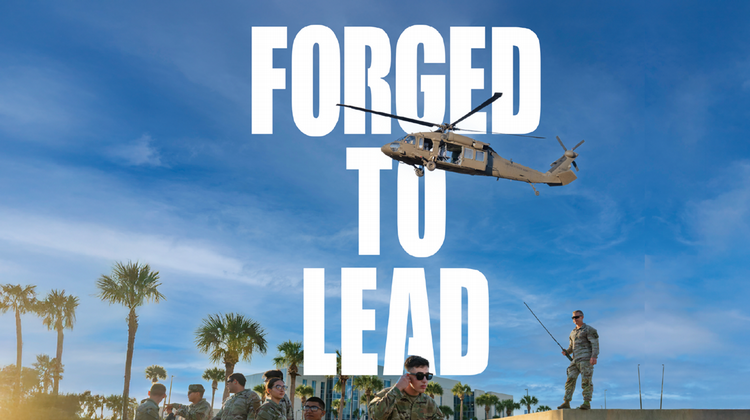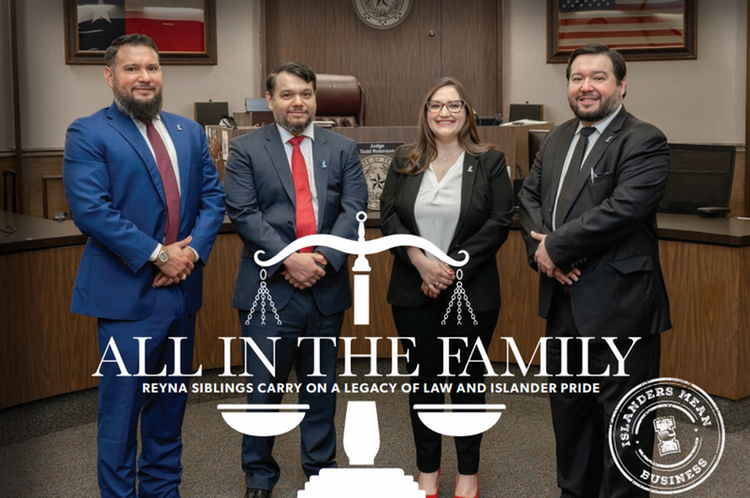Island University Collaborates with Smithsonian, UTMSI for Barcoding Bioblitz of Local Marine Life
CORPUS CHRISTI, Texas – In a whirlwind of intense activity, Texas A&M University-Corpus Christi researchers, students, and an army of volunteers set out to catch everything living in our coastal waters. The effort, known as the summer 2019 Bioblitz, was part of a collaboration with the Smithsonian’s Marine Global Earth Observatory (MarineGEO), the University of Texas Marine Science Institute (UTMSI), and six other institutions with the goal of understanding the causes and consequences of rapidly changing marine ecosystems.
“In addition to direct human impacts resulting from development, pollution, and overfishing, our global climate and biogeochemical cycles are rapidly changing and altering coastal ecosystems,” said Dr. Christopher Patrick, Assistant Professor in the Department of Life Sciences at Texas A&M-Corpus Christi and MarineGEO partner. “It is critically important to understand these changes so we can plan for the future and, when possible, implement management strategies to mitigate or prevent undesirable changes.”
Researchers went into the project knowing it had the potential to uncover new species. Among the samples collected, several possible new creatures living in Gulf Coast waters were identified.
“This is the fourth MarineGEO Bioblitz and all previous events have cataloged species new to science as well as animals never before identified in the study region,” said Patrick. “It’s exciting because it demonstrates the incredible diversity of life on earth that we’ve not come close to completely cataloging. You don’t need to travel to some remote corner of the world; there are discoveries to be made in our own backyard.”
The BioBlitz was also an opportunity to strengthen ties between multiple institutions. Bioblitz participants started at the Island University campus and spent a week at the newly constructed Tidal Hall Life Science Research Building, followed by a week at UTSMI in Port Aransas. The different locations showcased and utilized the unique facilities and personnel at each site. For example, the Island University is home to Dr. Kim Withers, Assistant Professor in the Department of Life Sciences, and expert at identifying polychaete worms, whereas at UTMSI researchers had the opportunity to run deepwater trawls from research vessel – RV Katy.
“This was a wonderful ‘capstone’ event that cemented the relatively young partnership between A&M-Corpus Christi, UTMSI, and the Smithsonian,” said Patrick. “This was also a tremendous public outreach opportunity. Big events like this help inform those in our region about what we’re doing and why it’s important.”
The Bioblitz was intentionally designed with a strong commitment to student researchers. During Patrick’s summer 2019 MarineGEO Field and Sampling Techniques class, co-taught by Dr. Olivia Rhoades, researcher at the Smithsonian’s Marine Station at Fort Pierce, Islander students interacted with visiting scientists and learned marine field ecology in a hands-on setting. The class allows students to learn and perform different types of quantitative sampling for marine life in a diversity of habitats. This year, the samples collected were fed into the Bioblitz analysis pipeline and allowing researchers to calculate quantitative estimates of biodiversity among habitats at a level of accuracy typically not possible. Not only did this benefit the students, but it was a new type of sampling for MarineGEO Bioblitzes, which have previously only implemented scavenger hunt-style sampling.
“This was a cool opportunity for the students taking the class to be part of a large collaborative research endeavor,” said Patrick. “Additionally, visiting researchers interacted with students in the field and also gave guest lectures in their areas of expertise. It fit well into our institution’s long history of providing exceptional offerings in field-based biology.”
For Jason Selwyn, Islander marine biology Ph.D. candidate, his work centered around catching larger fish for sampling and processing.
“My experience was primarily spent organizing the identification process of the fishes collected,” said Selwyn. “This involved making sure the identifications, photographs, tissue samples, and formalin preservation was all done and jumping in to help with any of those roles when the primary ichthyologists couldn’t be present.”
Over two weeks and 131 individual Bioblitz sampling events, researchers sampled fish and invertebrates from 68 unique locations along the Gulf Coast, including the upper Laguna Madre, Corpus Christi and Oso Bay, and Aransas Bay. In total, more than 1,400 specimens were collected, including 318 invertebrates and 78 fish species. For each species collected, including those which may turn out to be new species, samples were photographed at high resolution, preserved for museum collections, and tissue saved for DNA extraction. Invertebrates samples were sent to the Smithsonian Museum of Natural History, while fish vouchers were sent to the Texas A&M University-College Station Collection of Fishes. All samples collected will be used to create a unique DNA barcode for every nearshore species in the Gulf of Mexico.
Meanwhile, work in the Coastal Bend continues as Island University and UTMSI scientists endeavor to complete genetic coding and morphological work on each fish sample. In cases where species have been previously barcoded and the information uploaded to GenBank, the genetic barcode from a sample can confirm an identification or identify a new “cryptic” species which is visually similar to a previous sample. If a species has never before been barcoded, the information provides a reference for future researchers to check their samples against. Dr. David Portnoy, Assistant Professor of Marine Biology at A&M-Corpus Christi, conducted the pre-identification while Dr. Chris Bird, Associate Professor of Biology at A&M-Corpus Christi, will process the samples in the Island University’s Genomics Core Facility.
Additional Information
MarineGEO, directed by the Smithsonian’s Tennenbaum Marine Observatories Network, is a global network of partners focused on understanding how coastal marine ecosystems work. The network has partners all over the world, with previous Bioblitz events being held in Hawaii, British Columbia, and Virginia. All samples collected during the summer 2019 Bioblitz will add to publicly accessible collections at the National Museum of Natural History and Texas A&M University’s Biodiverstiy Research and Teaching Collection. In the near future, the Texas State Aquarium plans to develop a short educational film about this event.













